With VR coming into its own in recent years, we just had to make this article. VR gaming is amazing to behold, but currently there are only a few solid games to play in VR. Just about every VR exclusive is more of a tech demo than a game, with Half-Life: Alyx being the most noteworthy exception.
But there are also some good VR ports, like those from Croteam. In fact, my favorite VR experience to date is The Talos Principle VR. But we need more real games, games with substance, games not meant to be tech demos first and games second, we need more of these in VR. They’re coming, so don’t worry too much.
But looking back at great classics or overlooked gems, there are many games that exist today that would be wonderful if properly made in VR. We’re going to go over some of these games in this article. It’s pure fantasy, but why not? It does send messages to game studios as to what we’d like to see in VR gaming.
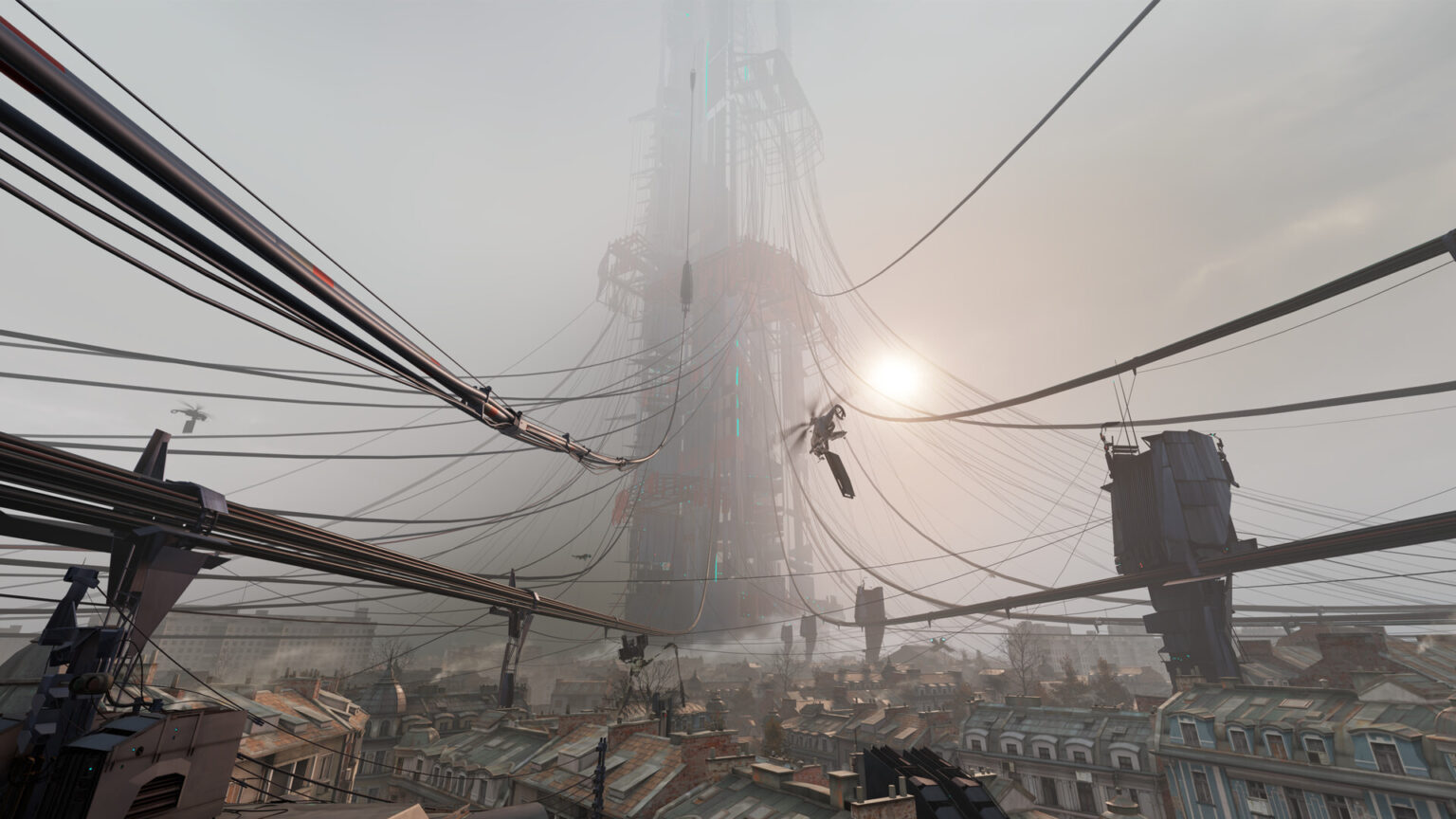
Before we begin, we must outline our criteria for what makes a game “VR compatible.” It obviously has to be a first person game, but not just any first person game will work. We believe fast, performance demanding FPS games such as Unreal, DOOM, Quake, Serious Sam, and all the rest aren’t ideal in VR. I still feel this way after having played Serious Sam VR, if anything that reinforced those beliefs. I can play Half-Life: Alyx or The Talos Principle VR all day long without feeling any nausea, but prolonged VR sessions in a game as fast as Serious Sam is a lot to ask for.
But that’s not even the main issue with such games in VR. Games like this are about having lots of weapons with different functionalities and situational use, moving fast, maneuverability, and fighting challenging battles. Serious Sam is best played on Serious or even Mental difficulty. Unreal Gold is best played with Unreal Evolution mod on either Unreal or Hardcore difficulty. DOOM 2016 and DOOM Eternal are best played on Nightmare difficulty. These are all incompatible with VR which is inherently for more casual games. Remember, casual doesn’t mean bad. So we’re focusing on classics and overlooked gems that are more casual first person games without crazy maneuverability and speed. We’re also not counting announced VR remakes of course, such as Myst and Riven which I can’t wait for. Now let’s begin.
A System Shock remake is in the works, which you can check out on GOG and Steam. But it won’t be a VR title. The System Shock games are outer space Sci-Fi horror stories, not entirely unlike Alien. The first game is more directly compatible with VR, it just needs to happen.
System Shock 2’s thorough RPG mechanics might cause concern for some, but there are VR games with RPG mechanics that work fine. It’s not a real blocker. They are slow paced first person games and they (especially the second game) have heavy emphasis on environmental interaction. From collecting audio logs which help tell the story to searching drawers and crates and more when looting, to interacting with all sorts of machines in the environment in order to navigate it, in many ways it’s a VR game waiting to happen.
The other concern is the fact that these are not casual games, not just due to the RPG systems but enemy encounters are meant to be challenging. It’s true that almost nobody would want to play a remade System Shock 2 in VR on Impossible mode, but the game has four difficulty modes after all, so it works. And it should go without saying that all these theoretical remakes would have to not dumb down any mechanics or the environment or anything else really. The environments should all be even more interactive. Also, weapons should be highly interactive like in real life or like in Half-Life: Alyx, with the ability to manually cycle them and play with them. A must for any VR game with guns.
Another series from Looking Glass Studios, at least the first two games which are by far the best in the series. Those are the only two that really deserve a remake. The Thief games are slow paced first person stealth games with heavy emphasis on exploration and environmental interaction, having tons of hidden switches to activate secret places and what not.
They’re lengthy games, but they wouldn’t be the only lengthy VR games (see The Talos Principle VR). And their slow pace and environmental interaction make them a natural fit for VR. Not many mechanical changes need to be made for Thief VR remakes either. The bow needs standard VR bow controls, tons of games already do that. The blackjack and broadsword (the latter should be removed from the game entirely in my opinion) would be very easy to implement. Enemy AI is already super forgiving. And these two games have some of the most incredibly detailed environments in gaming history, it’d be a dream to experience them in VR. Granted their environments are generally very dark so VR headsets with an LCD display such as the Valve Index would struggle, plus you’d really want higher resolution headsets for these environments so that you don’t miss any secrets. I think VR needs to hit around 8k resolution before diminishing returns kick in.
Arx Fatalis
Arx Fatalis is a slower paced first person RPG that was originally supposed to be Ultima Underworld 3. It is set in a dystopian underground civilization which was created after the sun was snuffed out. It seems like it was made for VR, except it isn’t a VR game. It has an insanely detailed and interactive environment like a VR game, and its spellcasting is one of its most noteworthy gameplay features.
Spells are cast by using your mouse to draw out the spell’s symbol like a rune in mid air, so that’s just begging to be a VR game. Can it be any more obvious? A remake could also improve some aspects of the game that need it, like class balancing since archery is utterly useless.
Although even better than an Arx Fatalis remake would be a sequel made for both VR and flat. A sequel that fully realizes the potential of its world, letting you play as a Human, Dwarf, Troll (always low intelligence), or Goblin, rewriting the game completely for each one like Vampire: The Masquerade – Bloodlines does for Malkavian and Nosferatu. Each race should start in their own city, cities should now actually be sized more like cities, I’d like to see a climactic venture to the surface, there’s so much potential here, and to experience all this in VR would be a dream come true.
This is an obvious one, and luckily there’s a fair chance of at least getting one of these or a new Portal game in VR, since Valve definitely sees the glaring opportunity here and the worst case scenario would involve a fan made remake on Source 2.
The Portal games are Sci-Fi first person puzzle games. You can already play some puzzle games in VR, most notably The Talos Principle VR, Obduction VR, and ZED. For any first person puzzle game, VR is just the best medium with which to deliver it. VR improves the player’s interaction with the world by bringing them into it, this really falls into the specialties of every first person puzzle game.
It’s almost criminal that the upcoming Amnesia: Rebirth won’t be a VR game. Frictional Games created Penumbra, Amnesia: The Dark Descent, and SOMA. These three first person horror games have the most detailed object interaction I’ve ever seen in a non-VR game. It’s like they were made for VR, only before VR was a thing. Well, VR is here now, and it lacks quality horror experiences. Amnesia: The Dark Descent was their only big hit, and if they want to replicate that then they’ll need to become the first serious VR horror game while also offering a flat version. Easy money.
Virtually nothing needs to be changed about these games conceptually to fit into the VR mold. They’re slow paced, they have all the object interaction in the world, they’re casual. Of all games in this list, I’d say these are the most obvious ones in need of VR. On this note, if Silent Hill ever wants to make a good return, then now is the time due to VR.
Here we have another slow paced first person horror game, Cryostasis: Sleep of Reason. An overlooked, forgotten gem, in Cryostasis you explore the remains of a stranded nuclear ice breaker in the North Pole. No doubt a good horror setting to be stranded in the arctic, on board the vessel you discover that foul play was rampant. You are mysteriously given the unique ability to travel into the past through a corpse, taking control of them in their final moments, in order to correct their fatal mistakes.
In gameplay, this is done to unlock new areas in the ship, but this is also a significant part of the narrative design as their fatal mistakes help tell the story and convey the message that humans in desperation are capable of despicable acts and extreme selfishness.
There are just a few different weapons in Cryostasis, including five guns, or really four with a variation with one of them. This means it’s really not asking for all that much to increase the weapon detail to be like that of Half-Life: Alyx where you can manually cycle the action and where you have more control of a gun than any non-VR game can dream of.
This is a casual game too; the enemy encounters are quite easy, it’s no harder than Half-Life: Alyx. It is also one of the most impressive physics showcases in gaming, using GPU PhysX so a remake would need DirectCompute PhysX or at least multicore CPU PhysX. Sadly this game will never get a VR remake though, since it was overlooked therefore there’s no demand for it.
Cry of Fear
Cry of Fear is a standalone mod made on GoldSource engine, though it looks and feels nothing like Half-Life. It is slow paced, and it essentially amounts to a first person Silent Hill game, using the same themes and very similar narrative design as well as very similar survival horror gameplay, albeit in FPS form factor. This naturally makes it a perfect fit for VR.
It doesn’t have the same level of environmental interaction as many of the other games here, so that would have to be added along with super detailed weapon mechanics like those in Half-Life: Alyx. That’s all that’s needed though, along with it being remade on an engine like Source 2 of course. It has difficulty modes so VR players won’t want to take on the harder modes, that’s for sure. This is also one of the scariest horror games ever made, and VR will only amplify that.
Anna: Extended Edition (and its upcoming sequels)
We’re not done with horror yet. Anna: Extended Edition is an overlooked 2013 first person horror and puzzle game, two genres that each make perfect sense in VR, and it comes as no surprise that this game would also be a perfect fit. It has no complex mechanics, no real survival horror gameplay, it is psychological horror with puzzle gameplay. It has an extremely interactive environment set only within a house/sawmill, it’s a short game, it’s scary and unsettling, it’s a perfect VR formula.
The narrative design of this game is brilliant. It is a true psychological horror tale that has to be put together, it is not spoonfed to you. And when you put the pieces together yourself, it’s very rewarding. The house it takes place in is haunted and has dynamic spooky moments, so we’d love to see peoples’ reaction to that in VR.
Anna is now considered a franchise called Anna’s Songs, and a sequel is planned for this year called Nascence. This sequel uses Unreal Engine 4, but VR has not been announced so it likely isn’t a focus. The wait for a quality horror game in VR continues…
SCP Containment Breach is a free 2012 survival horror game. Pictured above is its work in progress unrelated successor, SCP Unity. This is without a doubt the best game set in the SCP universe, which stands for “Secure, Contain, Protect.” The idea is that there are things that go bump in the night, objects and beings with anomalous properties that the SCP organization (funded by governments) contains and keeps hidden from the public.
As the name implies, in SCP Containment Breach, these SCP objects breach containment. Your goal is to survive and escape the facility. What makes the game special is its procedurally generated nature; the map is procedurally generated so its layout always changes, enemy encounters are mostly dynamic.
It is one of the most challenging survival horror experiences, held back by its unstable 2001 game engine. The game is barely playable. SCP Unity is playable but unfinished and has very little content. A proper remake of the original game, preferably with even more content and more SCPs, and of course in VR, would be a dream come true. Or a nightmare come true.
Better referred to as Preyshock, the 2017 Prey game is more like a spiritual successor to the System Shock series and has nothing in common with the original Prey. The original Prey is too fast and chaotic for VR, but this one is a perfect match. It’s slower paced, exploration focused, has a lot of environmental interaction, all very much like System Shock which we also believe should get a VR remake.
This game also doesn’t have the more complex gameplay from System Shock 2 like those RPG systems, which makes this an easier, more casual VR experience.
Pathologic 2
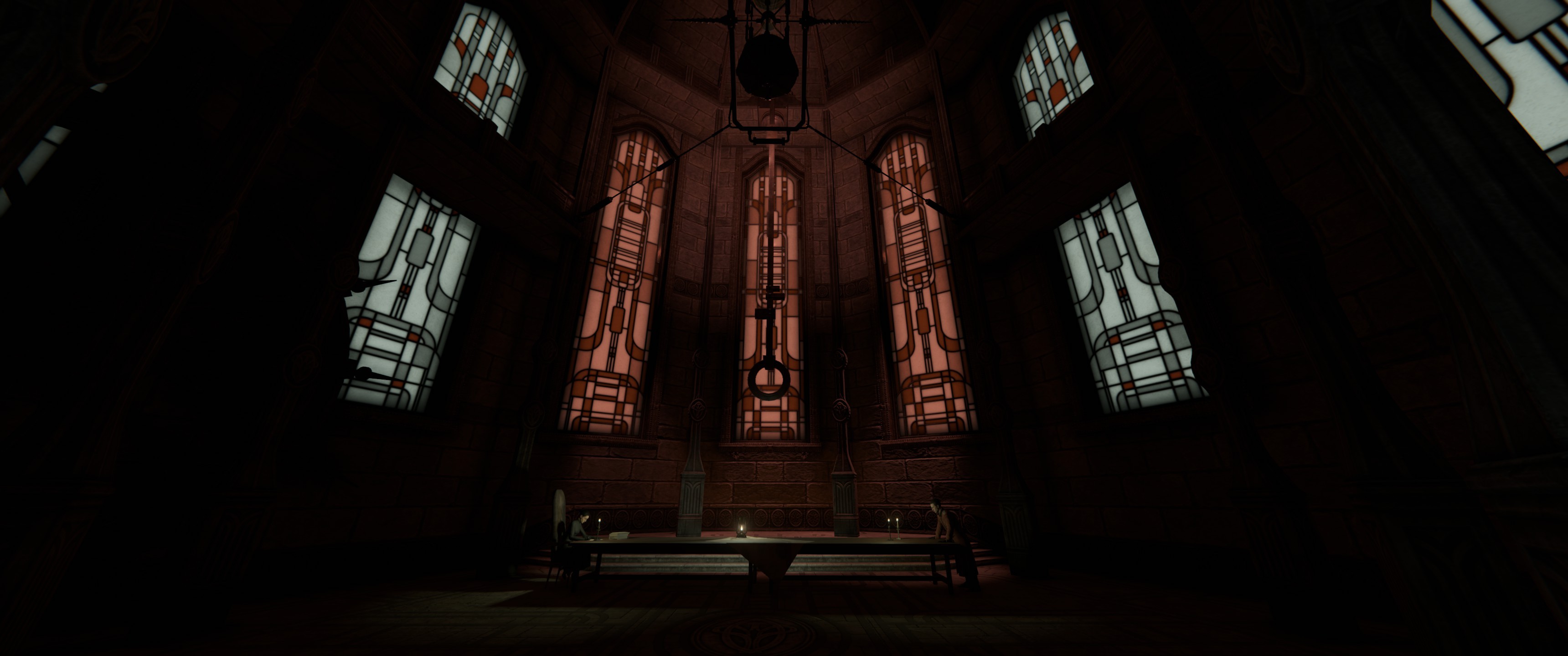
Winner of our 2019 game of the year awards and the recipient of a lot of praise in our review, Pathologic 2 is an obvious fit for VR. It is a slow paced first person survival and mystery game in which the goal is to save a town from a deadly plague within 12 in-game days. You will explore this open world, very detailed and very lively town, and the game will change drastically each time you play it due to the fact that it’s impossible to complete everything in one playthrough due to time limits, and due to an immeasurable amount of chance based encounters.
Pathologic 2 forces the player to fully immerse themselves into the game’s unique world and culture. What better way to do this than with VR? The visuals are extraordinary – I shudder to think of what plague infected districts would be like in VR, especially for first timers.
The only real drawback for this game and VR tech today is that Pathologic 2 is full of dark and murky environments, even more than the aforementioned System Shock games, Thief series, and Frictional Games horror games. An LCD screen would be absolutely unsuitable for Pathologic 2 in VR, and so many VR headsets still use LCD technology.
But the bigger issue here is that VR headsets are not high enough resolution for this game. Dark parts of this game and especially the murky plague districts with thick air would be impossible to see clearly in VR, and that darkness and murkiness should not be reduced since reducing it would harm the atmosphere. We need to wait for VR headsets and graphics cards to catch up, since again we need several times more resolution in VR than what any headset has now, and not even Ampere or RDNA 2 flagships can handle that.
So these are the VR remakes we’d really like to see in a perfect world. There are certainly others that can work too, leave your ideas in the comments below.

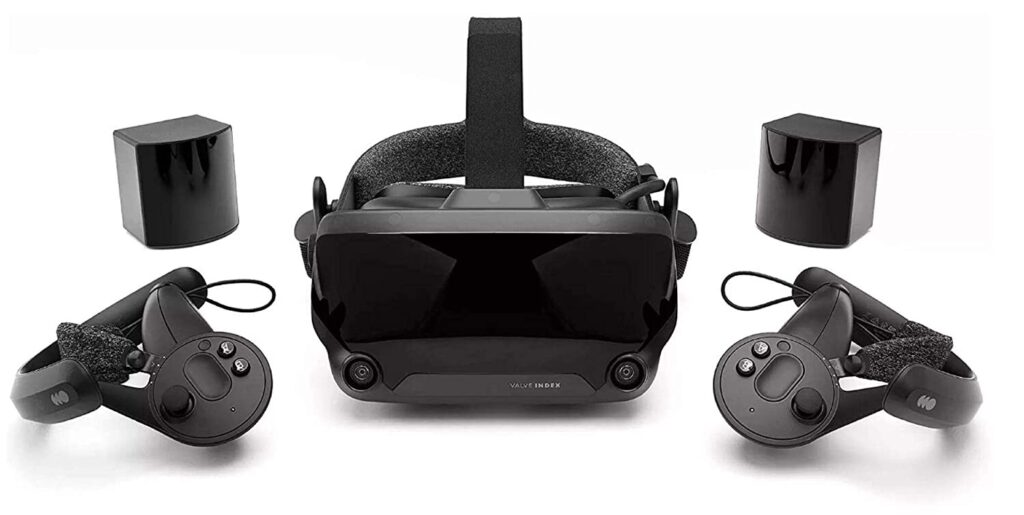
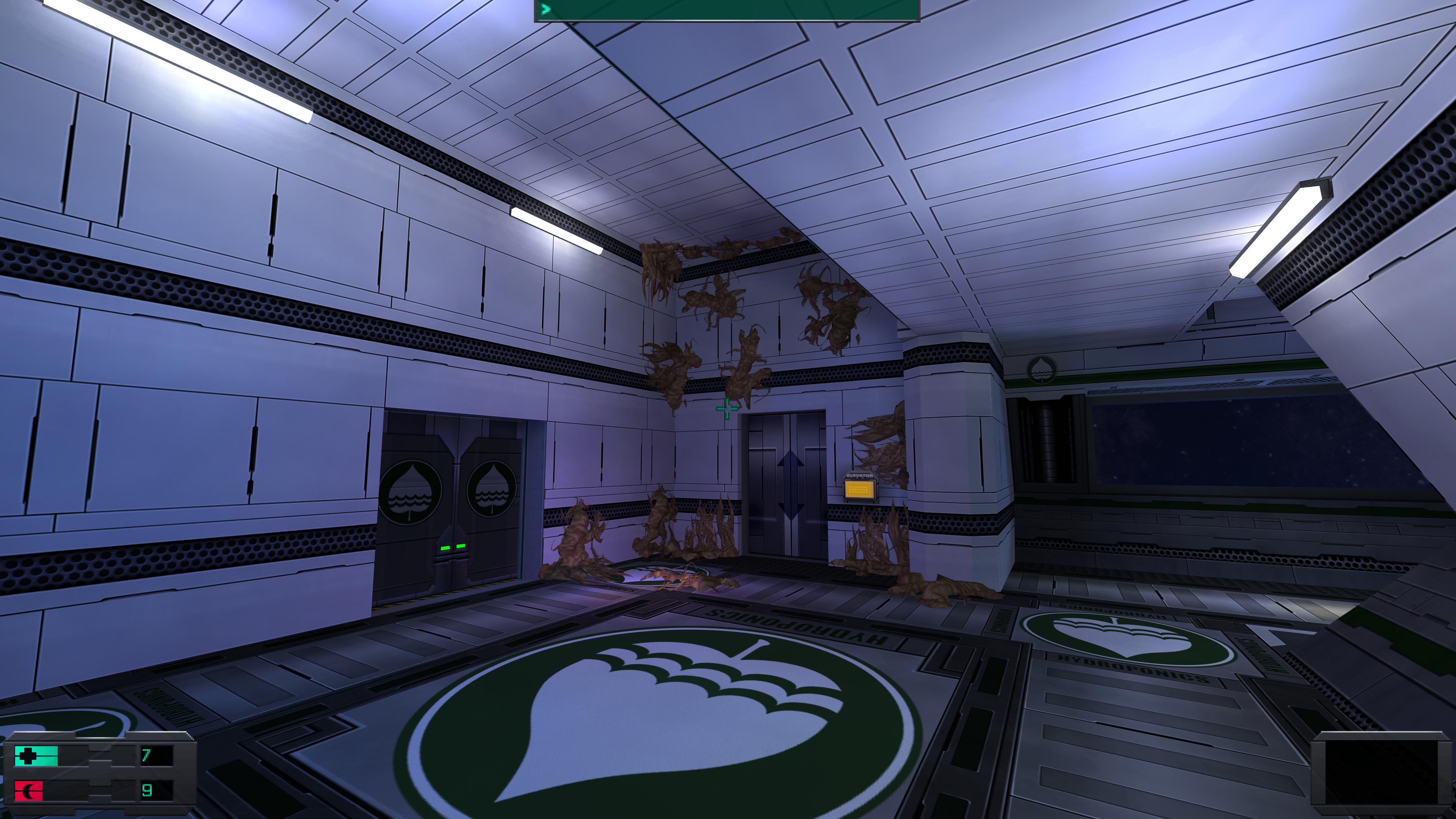
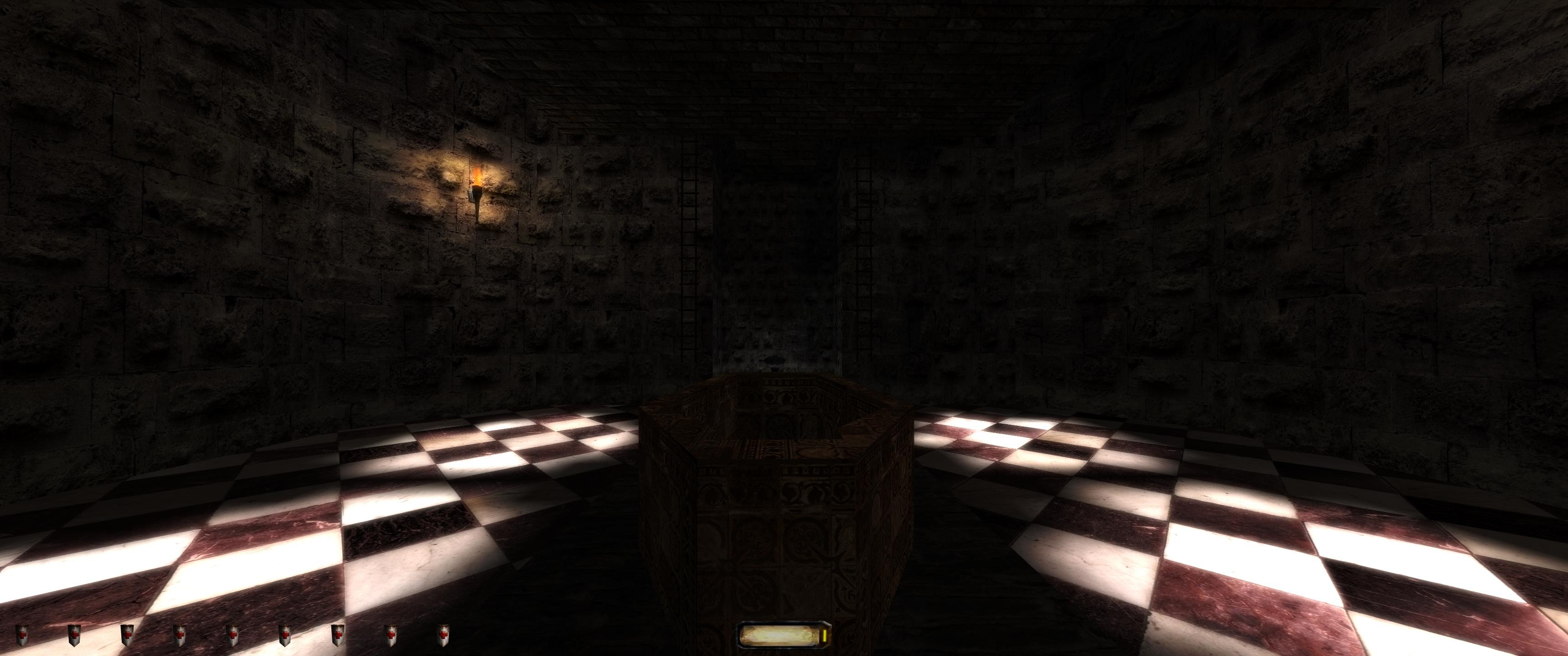



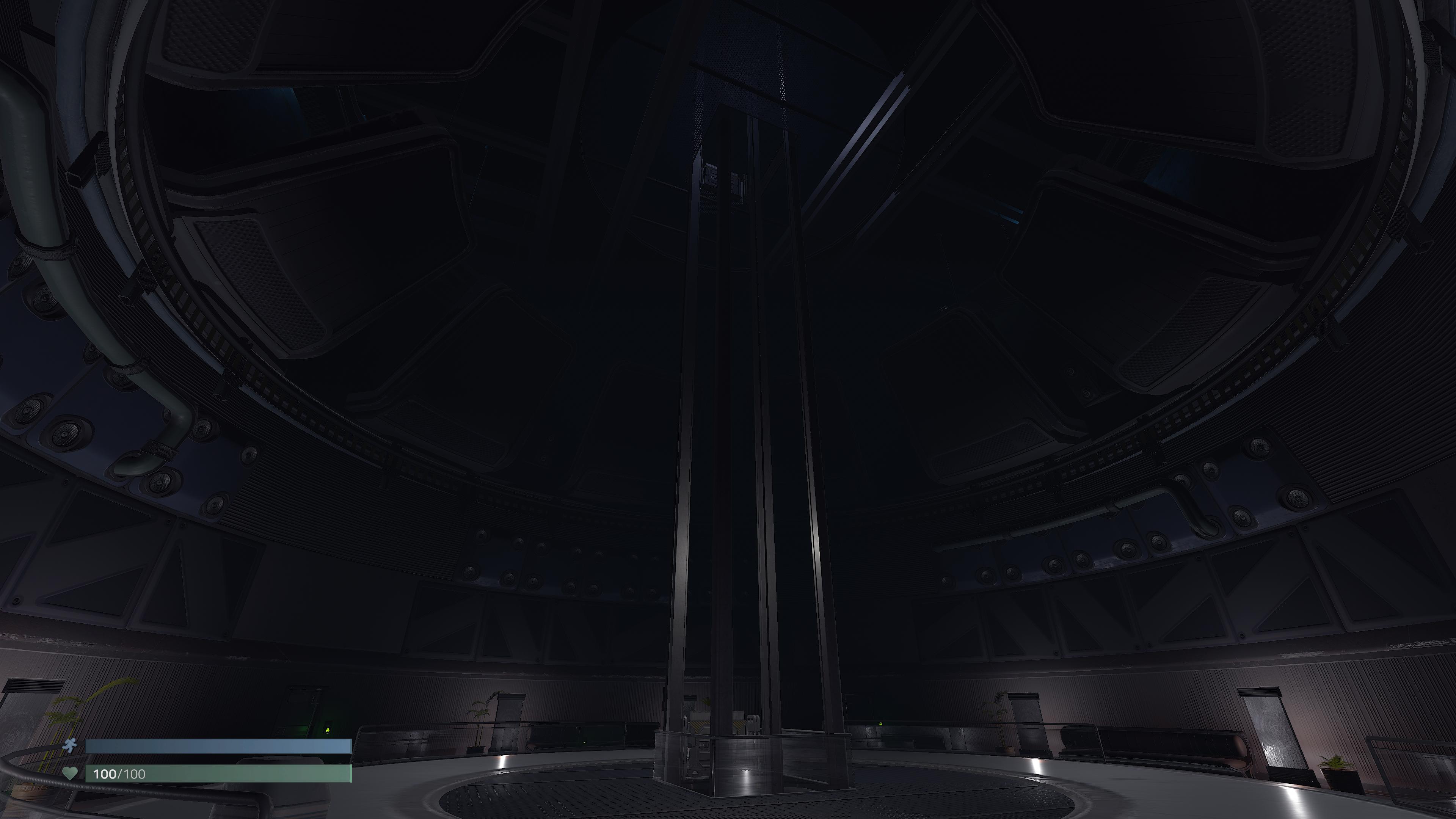
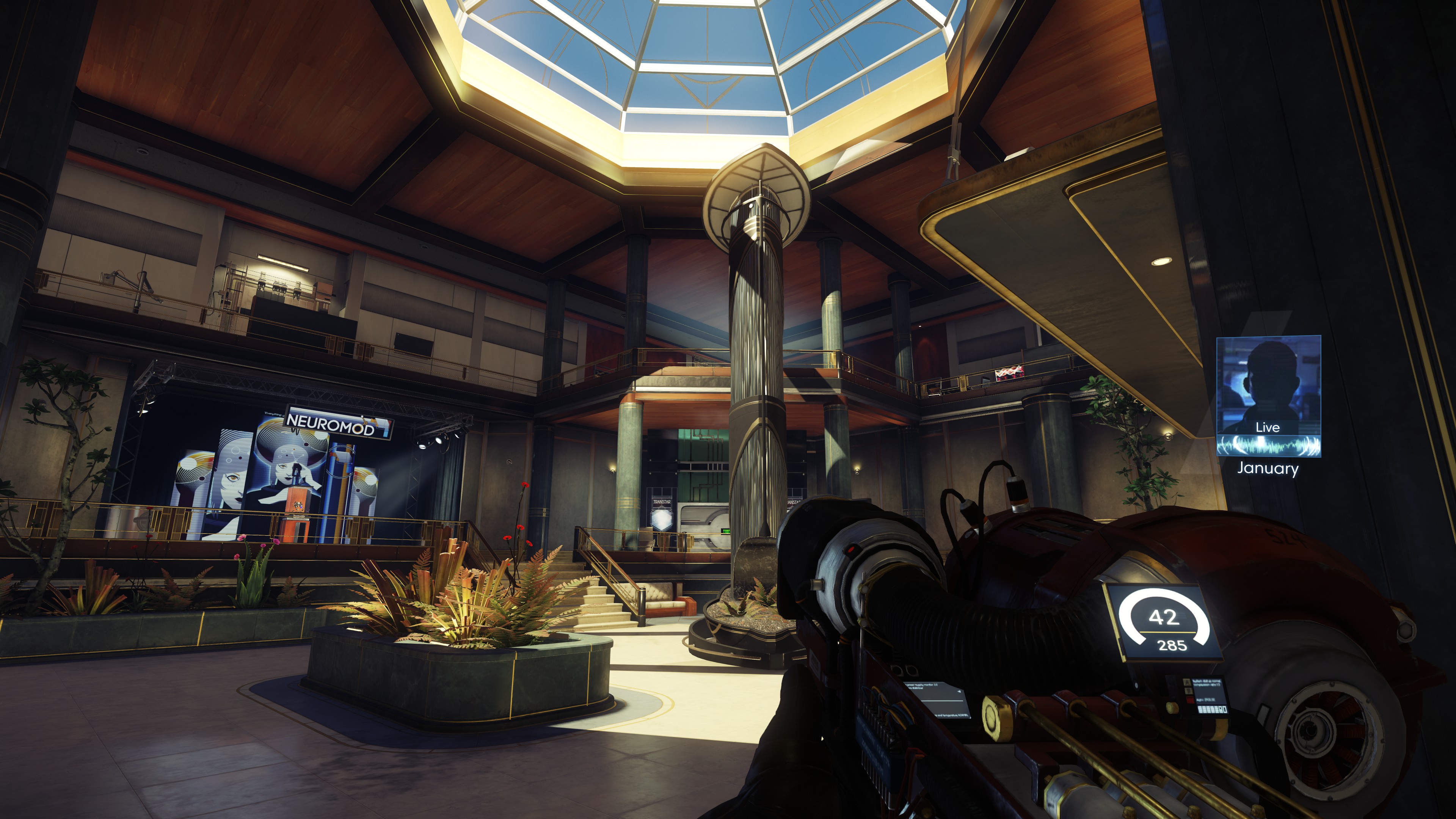



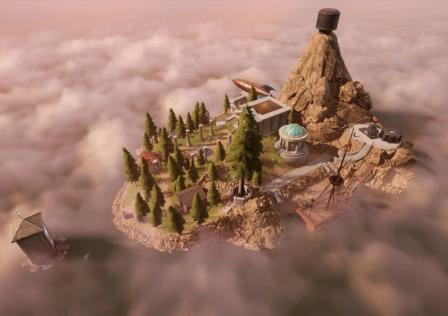
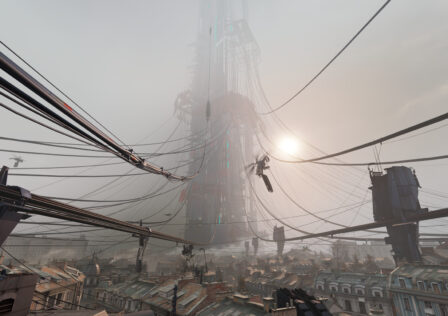
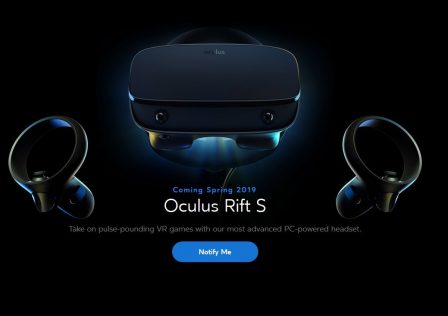

you do know that scp containment breach is getting a complete vr overhaul on steam? its called scp labrat, check it out
What?! This just made my day.
100% agree. Shout it from the rooftops with me. System Shock and Thief in VR!!!!! Thief would be perfect. So many gameplay mechanics enhanced by VR or translate perfectly. Climbing? Check. Grabbing everything you see and slinging it over your shoulder? Check. Shooting, clubbing, exploring? It’s perfect. I’d pay top money just to play the originals in VR with no graphical upgrades. The games hardly need any polish. They are a unique piece of history that deserve preservation.
Climbing has been done in VR, it’s easy. You can also have a tile based inventory by pressing a button and then using motion controls to pick out items, also easy. Shooting and melee combat have obviously been done, even RPGs with a leveling system that affects them (Skyrim VR). And the article title says “remakes” so graphical upgrades (and VR itself) come with the territory.
What other concerns do you have? So far those are all easy to address.